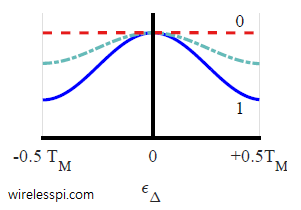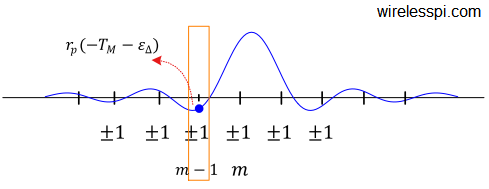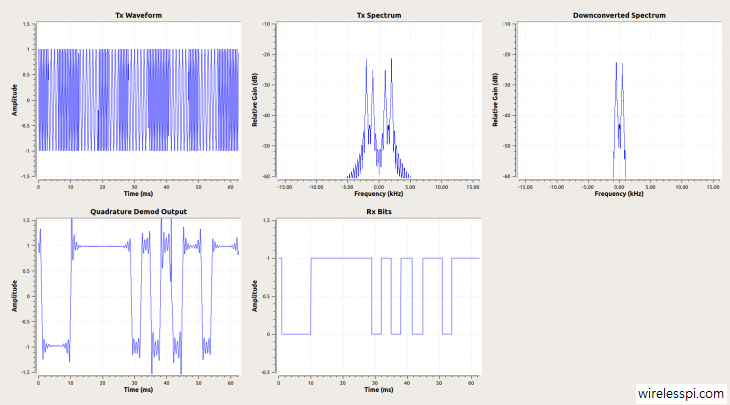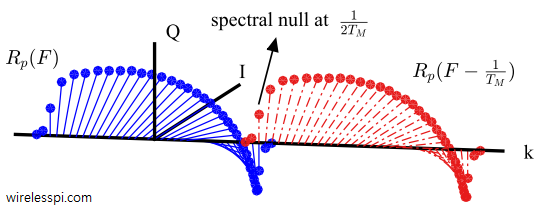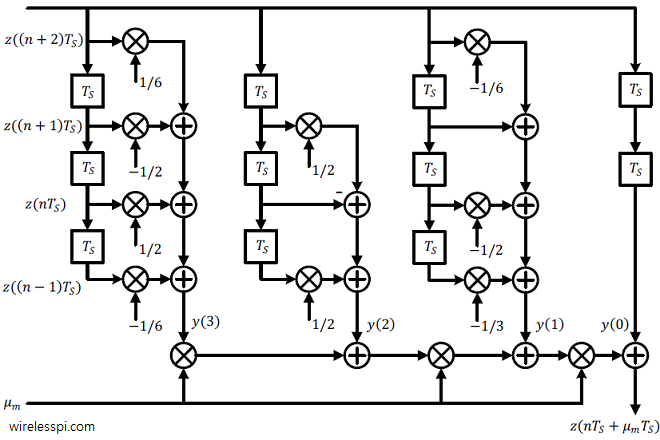In an article on Phase Locked Loop (PLL) for symbol timing recovery, we described an intuitive view of a maximum likelihood Timing Error Detector (TED). We saw that the timing matched filter is constructed by computing the derivative of the matched filter and consequently its output is the derivative of the input signal. Naturally, this output is more fine-grained and hence accurate when the number of samples/symbol L is large. Here, L must be several times larger than the minimum limit set by the Nyquist theorem. However, in most applications, reducing the complexity of the timing locked loop is far
Continue reading